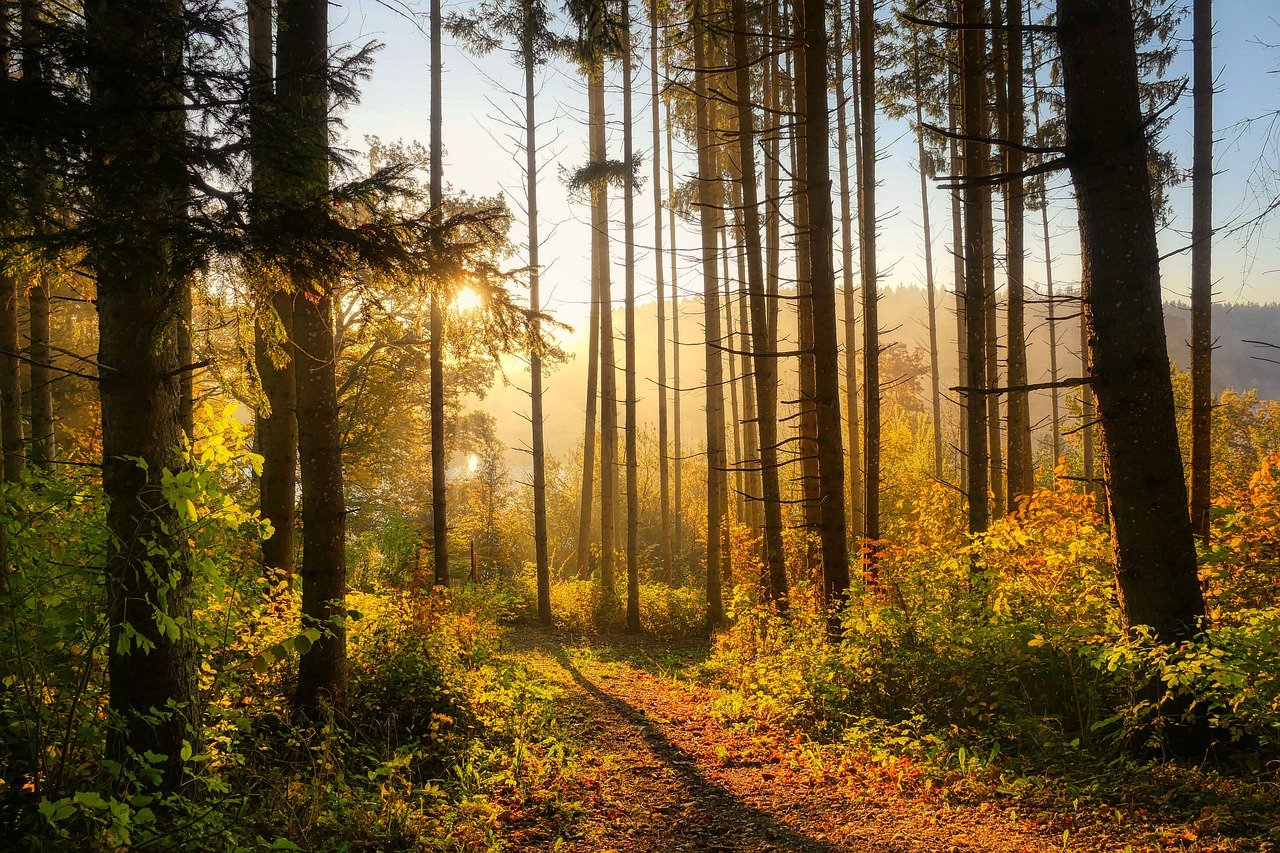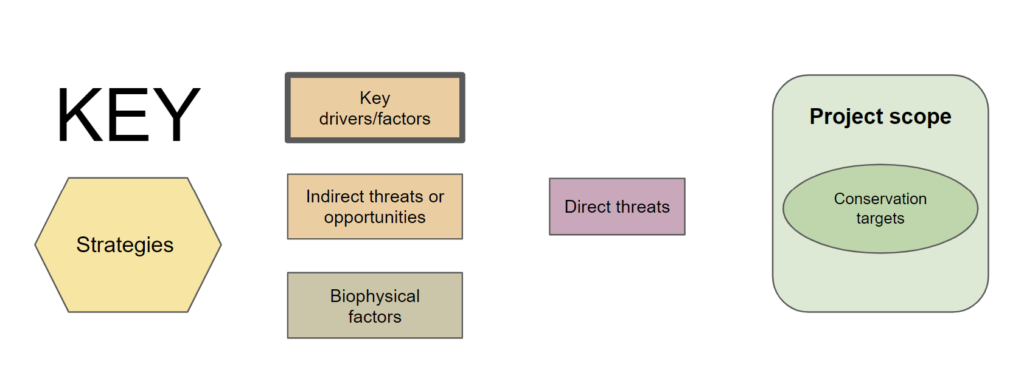Wildfire Management

Wildfire management is essential to protect the future of valuable resources in the High Divide. Successful wildfire management ensures forests and grasslands are resilient in the face of a warming climate, protects human health and safety, and conveys accurate, clear information around fire and fire management to the public. However, the subject is complicated by the opposing perceptions of fire: while a warmer, drier climate is leading to much bigger wildfires that threaten homes and toxify air quality, fire is simultaneously an essential mitigation tool and if used wisely, can protect infrastructure and foster healthy, resilient ecosystems.
As land is developed and the Wildland-Urban Interface (WUI) expands, human-caused wildfires are becoming more common, further exacerbated by climate change. These wildfires can also be caused by uncontrollable prescribed burns, perpetuating the public perception that fire is objectively bad. Although controlled burning has been an indigenous practice to maintain resilient ecosystems and communities throughout human history, these negative perceptions, combined with the smoke and human health issues that come with any type of burning, have limited the resources and support available for prescribed burns and created a myriad of court challenges against it.
Collaborative groups, trainings, and other education around wildfire is one method for transforming public perceptions on wildfire. Social media and news outlets can also serve as mechanisms for promoting benefits of prescribed burns. Incorporating traditional ecological knowledge and western science in prescribed fire and wildfire planning may prove more successful in reaching long-term management and cultural goals.
Draft Conceptual Model

